Prof Ferruccio Renzoni
Ultra-cold Nuclear Matter

We are working toward the realisation of the first experimental demonstration of a Bose-Einstein condensate of caesium isomers. The isomers will be produced by proton bombardment on an actinide target, extracted, mass separated and will be then laser cooled and trapped in a magneto-optical trap. The cold atomic sample will be transferred to an optical dipole trap, where, by means of forced evaporative cooling, a Bose-Einstein condensate will be realised. The project will lead to several milestones in fundamental physics, and will lead to numerous potential applications ranging from energy industry to medicine.
People (current): Alexandros Giatzoglou, Tanapoom Poomaradee, Krishna Jadeja, Yuval Cohen, Luca Marmugi (MSCA "GAMMALAS" - Proj. N. 657188), Ferruccio Renzoni
Collaborations: Prof Iain Moore (University of Jyväskylä), Dr Sami Rinta-Antila (University of Jyväskylä), Prof Philip M. Walker (University of Surrey)
Towards Coherent Gamma Photons
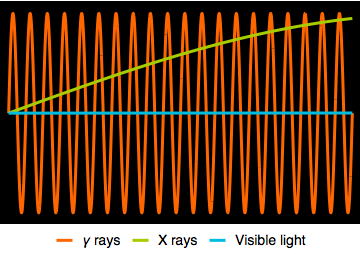
The possibility of generating coherent gamma photons has been widely investigated, in a large wealth of different configurations and contexts. Thus far, its realisation has been hindered by three main problems:
1) The accumulation of large number of gamma emitters;
2) The nuclear recoil, which would make single-pass amplificaton unsustainable;
3) The large gamma emission linewidth.
In addition, Dicke super-radiance, which would be capable of producing a burst of coherent photons from spontaneous emission, is not possible in gamma band, because it would require a spatial density of emitters larger than 1030 cm-3, which is unrealistic. Therefore, an alternative approach, achieveable with the current technologies, should be found.
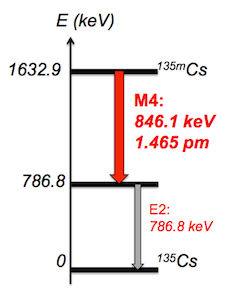
A Promising Candidate: 135mCs BEC
We propose to overcome these limitations by using a Bose-Einstein Condensate (BEC) of Cs isotopes in their nuclear excited state, the 135mCs isomer. In this case, the efficient accumulation in a optical trap, the ultra-cold temperatures of the BEC and its intrinsic coherence will allow the generation of coherent gamma photons, triggered by the coupling of the BEC field to a vacuum mode of the electromagnetic field.
The source of gamma photon is an isotope of caesium (Z=55, N=80) in the excited nuclear state 19/2-, 135mCs. This isomeric state has an half-life of 53 min, and then decays to a short-lived 11/2+ by emitting an 846.1 keV gamma photon (1.47x10-12 m) via an exapole (M4) transition. This is the transition of interest for our experiment.
Double-Coherence and Collective BEC Decay
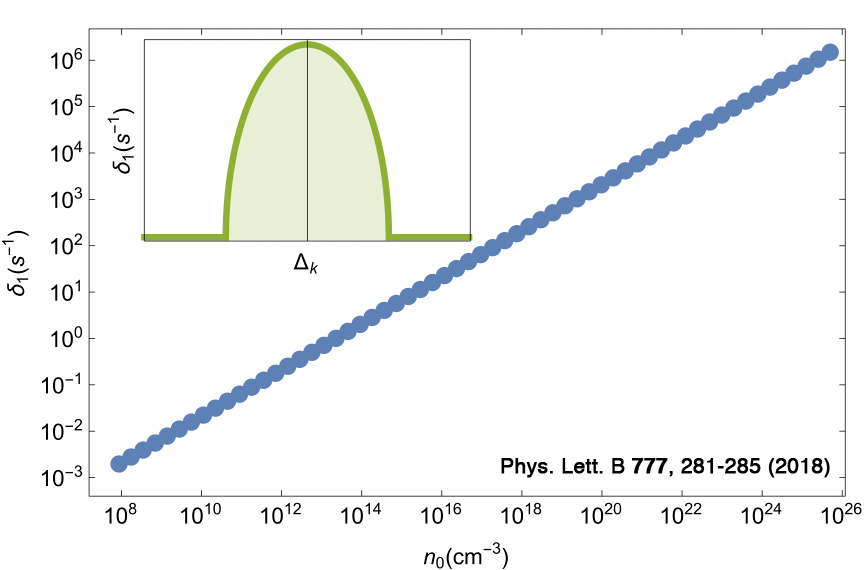
The BEC coherence is a key ingredient: it allows transfer of the atomic coherence to the photonic field with a collective de-excitation. This produces a catastrophic decay of the BEC wavefunction, triggered by spontaneous emission from one of the nuclei in the BEC. A coherent burst of gamma photons is thus generated from the inverted medium constituted by the ultra-cold, coherent quantum 135mCs sample. In this way, no additional establishment of multipole–multipole correlations is required, in contrast with standard super-radiance occurring at unrealistically high densities.
We have therefore identified a new mechanism for coherence transfer and collective decay in the 135mCs BEC, within an instability region (green area in the inset). As shown in the graph in the right hand side, exponential growth of the photon field occupation is non-zero at atomic densities achievable with consolidated techniques of laser cooling: generation of coherent gamma photons is theoretically achievable.
Caesium Isomers Trap
By using a combination of well-established techniques from nuclear and atomic physics, 135mCs are laser cooled down to quantum degeneracy. The first stages of the experiments involve: production of the desired species, mass selection and neutralisation, and finally laser cooling and trapping. The long-lived 19/2- state ensures enough time to accumulate a sufficiently large amount of emitters and to perform all the intermediate stages of the experimental procedure.
1. Production and Acceleration

With a half-life of 53 min, 135mCs must be continuously produced in large quantities in a particle accelerator.
In our case, ions (+1 charge state) will be produced by proton induced fission of uranium or thorium targets. Proton are accelerated up to 3x107 eV by the University of Jyväskylä's cyclotron hosted in the Accelerator Laboratory.
By varying the energy of the proton/target collision, the cross-section for the production of a given nuclear state or isotope can be tailored. A entire chain of Cs isotopes can be thus obtained, as well as the isomer of interest.
2. Acceleration, Mass Selection and Neutralisation
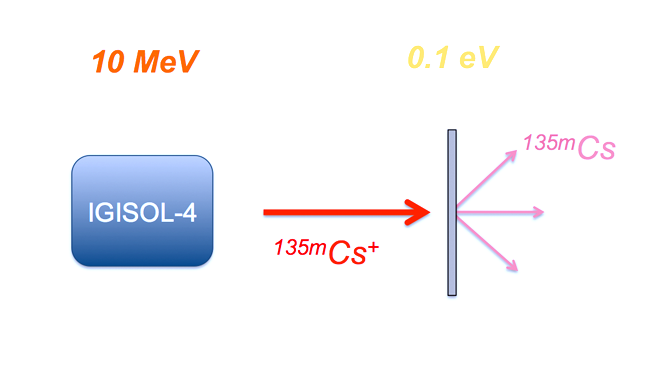
135mCs+ will be then extracted from the target area and electrostatically accelerated above 106 eV and routed towards the experimental area. Before reaching the cold atoms experimental chambers, 135mCs+ ions are mass separated thanks to the IGISOL facility, to remove all the other by-products of the fission. By tuning the mass selection line, it is possible to isolate different species, such as other isotopes of Cs.
Finally, ions are neutralised in the first experimental chamber: by ion implantation and subsequent thermal diffusion, the isomers acquire an extra electron and are then available for laser cooling.
3. Magneto-Optical Trap
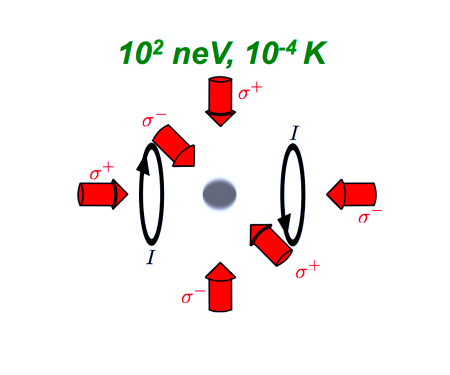
Once neutralised, atoms are trapped in a magneto-optical trap (MOT), realised in a high-efficiency glass chamber, with a battery of 852 nm lasers. Here, thanks to the isotopic shift of optical transition, a further purification of the atomic sample is realised: the MOT contains only nuclei of the desired species.
The MOT will allow accumulation and pre-cooling of a suitably large quantity of 135mCs (or other isotopes of interest), which will be brought to a temperature of the order of 10-4 K, corresponding to about 10-7 eV.
In these conditions, spurious effects such as Doppler broadening of optical transition are dramatically suppresed. This would allow also high-precision experimental determination and verification of the 135mCs spectroscopic properties.
4. Far-Detuned Optical Dipole Trap

When a sufficient amount of isomers is trapped in the MOT, cold 135mCs will be then transferred in a second chamber, with background residual pressure better than 10-10 mbar. Here, cold atoms will be trapped again in a far-detuned optical dipole trap, formed by two tightly focussed, crossed laser beams at 1070 nm. A background magnetic field gradient will aid the levitation of atoms.
Further cooling (evaporation) of the atomic sample down to 10-7 K (10-10 eV) will then lead to quantum degeneracy and the onset of a Bose-Einstein condensate.
References:
L. Marmugi et al., Phys. Lett. B 777, 281-285 (2018)
DOI: 10.1016/j.physletb.2017.12.036
A. Giatzoglou et al., Nucl. Instrum. Methods Phys. Res. A 908, 367–375 (2018)
DOI: 10.1016/j.nima.2018.08.095





